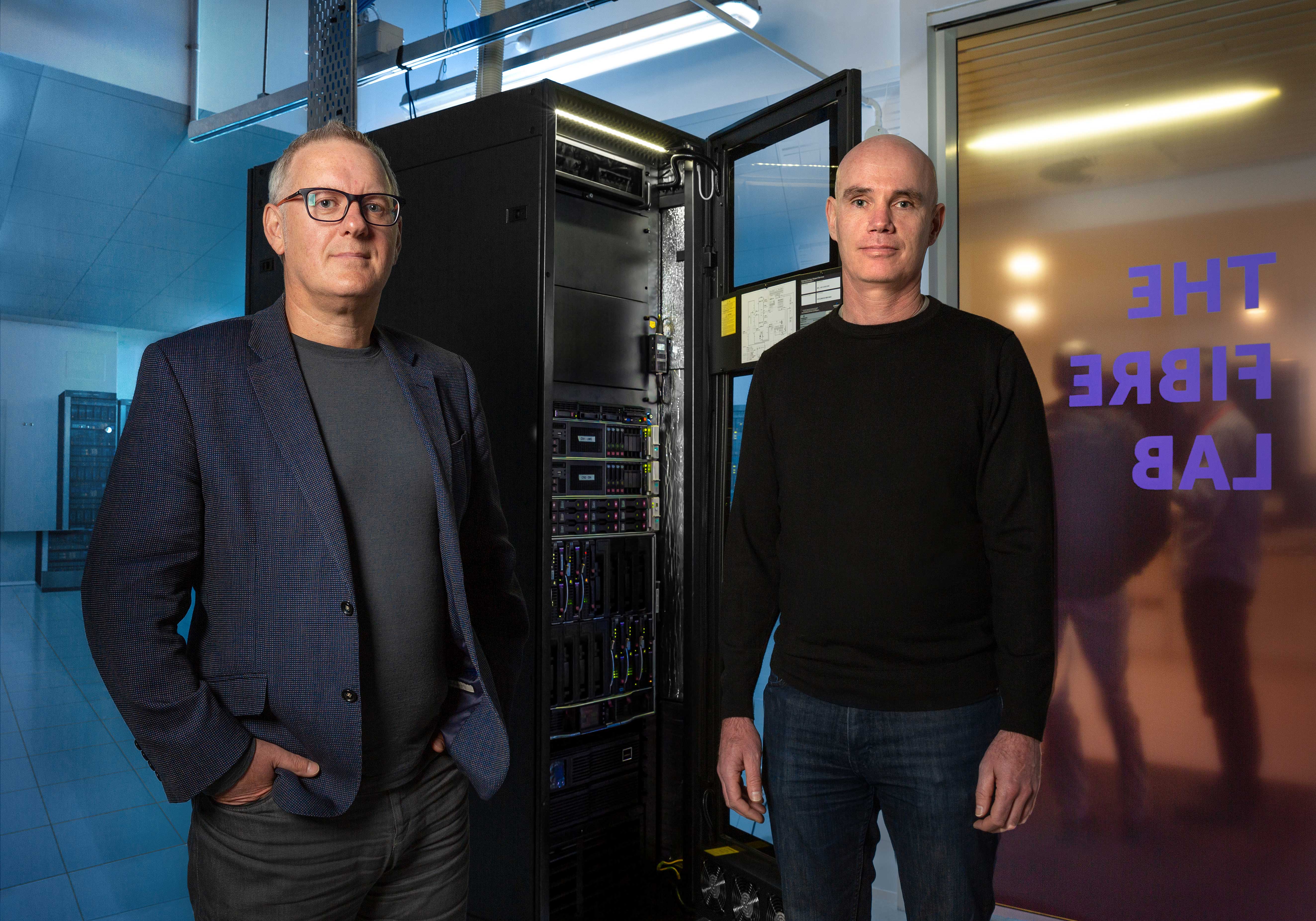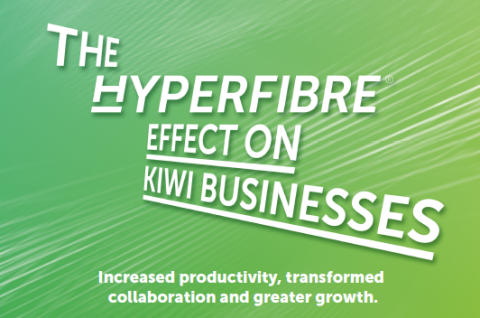At home on the edge
The original article was published in the The Download magazine in November 2019. The Download is a quarterly report to generate a conversation about what fast broadband can do for New Zealand.
Edge cloud may be a new buzz phrase for many readers. It involves moving data stored in the cloud closer to home. This has many benefits for users. Johanna Egar explains why it is a fast growing trend
Cloud computing uses remote computers to store data and, nowadays, for data processing too. It serves a whole range of computing applications, including mobile ones. Edge cloud brings these services closer to home by housing cloud data centres in New Zealand rather than hundreds of kilometres away.
The value of edge cloud (also called edge computing) is that fewer hops are involved when accessing data. This matters when you need fast access to, say, video, data analytics or IoT (Internet of Things) applications, or for online gaming. A local data centre means less latency and better reliability.
Latency is a big issue with distant cloud data centres. Online gamers in particular notice this, but so do Netflix watchers faced with buffering while watching movies. Latency can also interfere with online transactions. Delays of 150 milliseconds are common when data travels over international cable. Your data can go to and from the US via Japan or even Guam, depending on your cloud provider’s cable arrangements.
It’s all about the number of hops. Even a Sydney-based cloud data centre can be 23 milliseconds away. Here’s why: say you’re playing online chess, when you make a move, your data first hops to the local telecoms cabinet up the road. It then hops to a central cabinet, say the one on Auckland’s Mayoral Drive, and thence on to the trans-Tasman cable. It then hops across the Tasman to Sydney’s Botany Bay and then to a data centre in the city. That’s at least five hops. Routers are fast, but they have limits.
You can see why edge cloud is a growing trend. Ten years ago, your data would be stored in the US, then it moved closer, to data centres in Singapore, then to Sydney. Now it is coming home – to data centres in Auckland, Wellington and Christchurch; even Hamilton and Invercargill.
One example of how this works is where Vocus offers business customers a direct link to Microsoft Azure Servers [the computing resources service] from its Auckland data centre. This means users no longer have to access Azure’s services via Vocus’ Sydney data centre.
The big cloud service companies, Microsoft, Google and AWS (Amazon Web Services) often co-locate using others’ data centres. This is helping bring cloud services closer to all New Zealanders. For instance, local telcos Spark and Kordia both now have data centres offering co-location as far south as Invercargill. And Datacom has a mall-sized data centre in Hamilton.
Small data centres are also springing up, such as Chorus’ Edge Centres. There are three of these data centres now, in Auckland, Wellington and Christchurch. They are housed in Chorus’ old telephone exchanges – there are 600 of these literally house-sized exchanges around the country.
Chorus network strategy manager Kurt Rodgers says what began as a small project two years ago is growing because of the trend towards edge cloud “but the irony is our data centres aren’t out at the edge yet, in the regions.”
However, edge cloud data centres could eventually operate on the very edge – from the top of cell towers or roadside cabinets. Rodgers points to the advent of 5G, the fifth generation mobile technology needed for the much-talked-about autonomous cars.
The data associated with their use must be processed within a few milliseconds. “And for this your server needs to be local, less than 100 kilometres away,” says Rodgers.
Click here to read the full article...

Kurt Rodgers, Chorus network strategy manager, and Matt Harris, Chorus product owner - Core Networks



